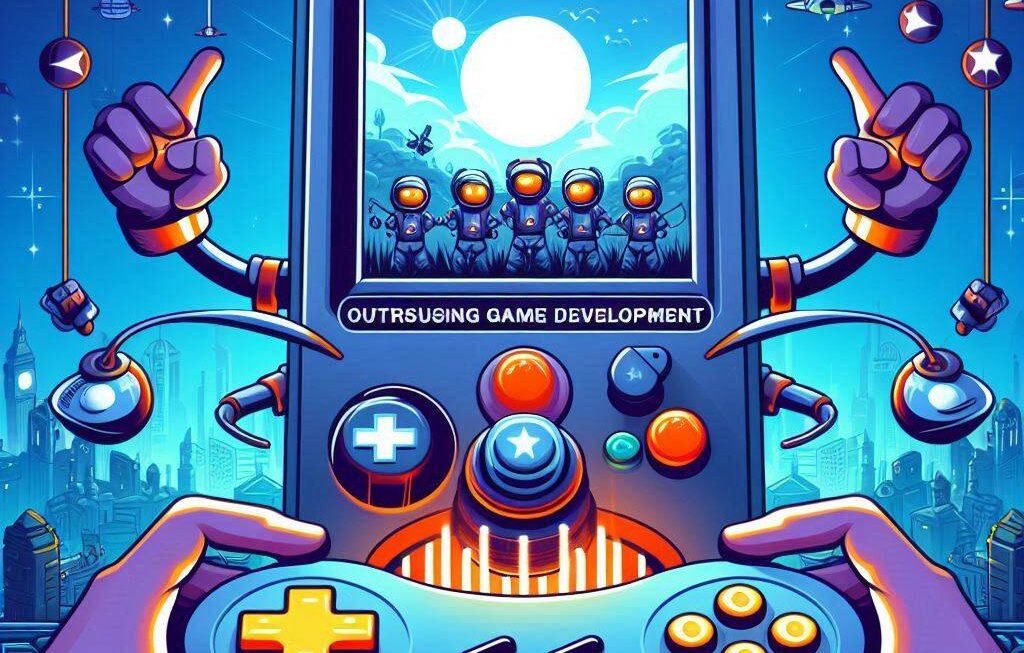Introduction
In the dynamic world of game development, understanding the process is as crucial as creating engaging content. This article delves into the five pivotal stages that every game project traverses, backed by case studies and expert opinions.
1. Conceptualization
The genesis of any game begins with an idea, a spark that ignites the creative process. This stage involves defining the game’s concept, setting its objectives, and outlining the core mechanics. For instance, Minecraft, born from Markus Persson’s desire to create a game where he could mine and craft, demonstrates the power of a simple yet captivating idea.
2. Pre-production
Once the concept is solidified, pre-production commences. This stage involves creating a detailed design document, defining the game’s art style, sound effects, and music. It also includes designing the game’s levels, characters, and user interface. The pre-production phase serves as the blueprint for the entire project.
3. Production
With the groundwork laid, the production stage begins. This is where the actual development takes place. Programmers write the code, artists create the assets, and sound designers work on the audio. The production phase can be likened to building a house; each brick, each beam, contributes to the final structure.
4. Testing
After the game is built, it undergoes rigorous testing. This stage ensures that the game functions as intended and provides an enjoyable experience for players. Bugs are squashed, balancing issues are addressed, and the game’s difficulty is fine-tuned. The testing phase is akin to polishing a diamond, making it shine brighter and more beautiful.
5. Launch and Post-launch
The final stage is launching the game. This could be on a platform like Steam, Google Play Store, or Apple App Store. After launch, the game enters the post-launch phase, where updates are released to fix bugs, add new content, and engage players. The post-launch phase is a continuous cycle of improvement and engagement, ensuring the game remains relevant and enjoyable for players.
Summary
Understanding these stages provides a roadmap for game development, helping both beginners and seasoned developers navigate the process smoothly. Each stage is as important as the last, and skipping any could lead to a game that fails to captivate its audience. So, let’s embark on our journey in game development, one stage at a time!
FAQs
1. Q: Can I start developing a game without a clear concept?
A: While it’s possible, having a clear concept is crucial for a successful game project.
2. Q: How long does each stage take in game development?
A: The duration of each stage can vary greatly depending on the complexity of the game and the team size.
3. Q: Can I self-publish my game after launching it?
A: Yes, you can self-publish your game, but it may require additional marketing efforts to reach a wider audience.

Summary
Understanding these stages provides a roadmap for game development, helping both beginners and seasoned developers navigate the process smoothly. Each stage is as important as the last, and skipping any could lead to a game that fails to captivate its audience. So, let’s embark on our journey in game development, one stage at



